
Aug 24 2021.
views 5405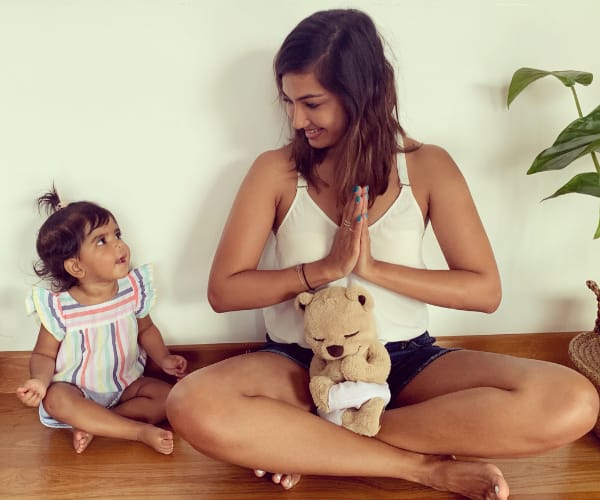
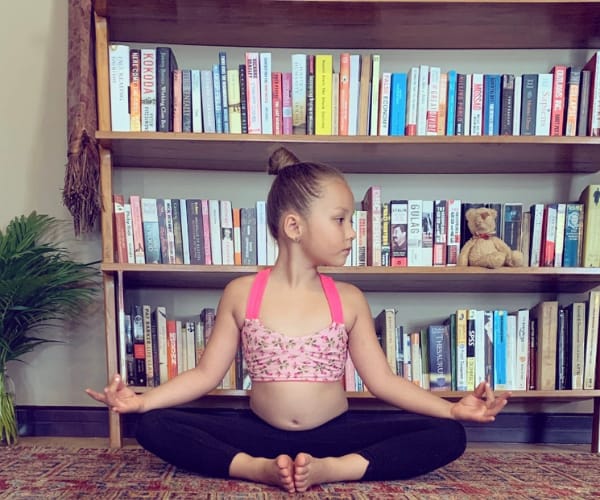
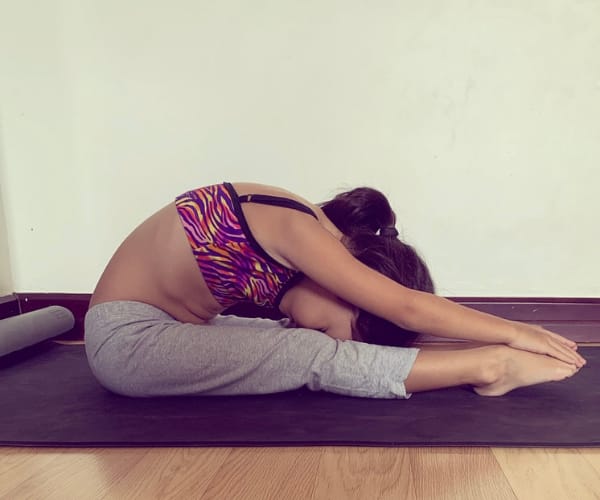
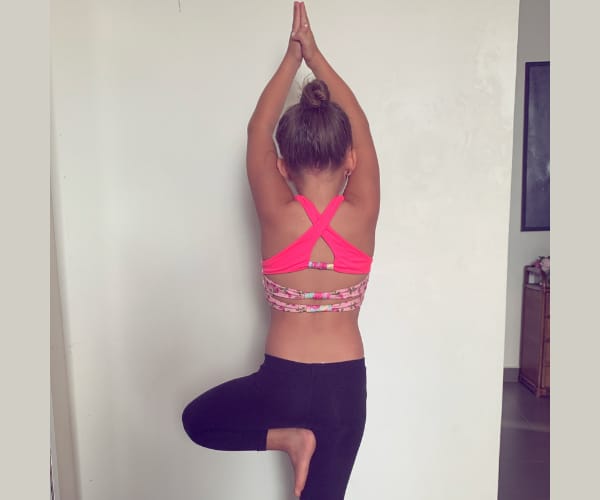
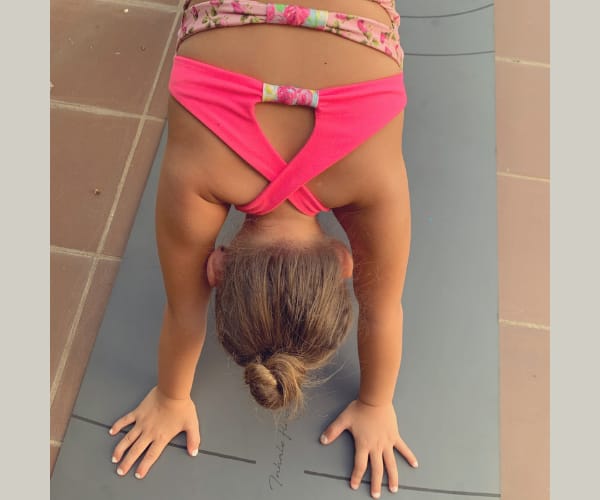
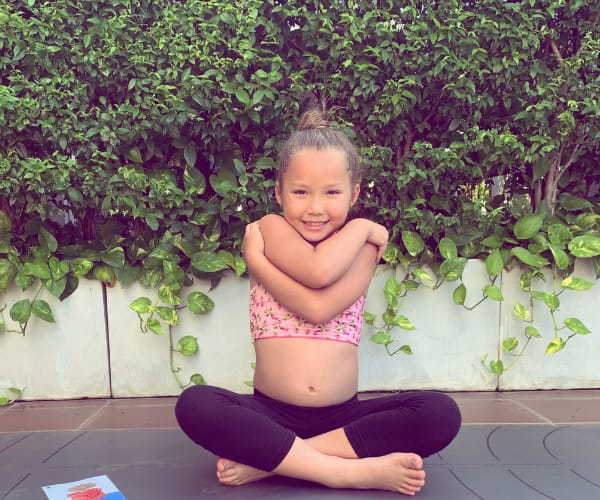
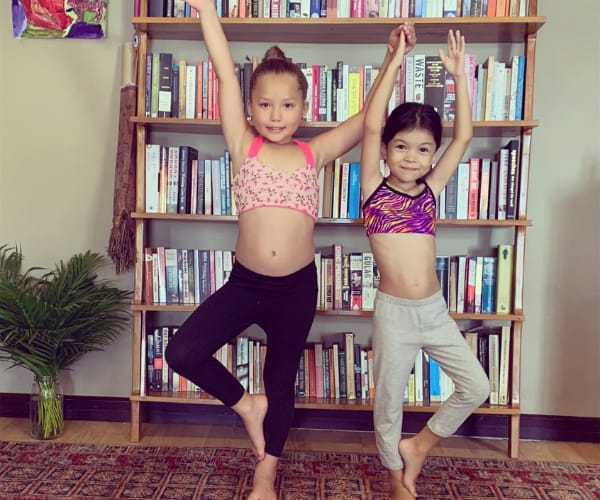
All adults and children live in a ‘busy’ world, where everything is in ‘hurry-up’ mode. Online lessons, virtual activities, video games - all kids need a break from these. It’s widely common in Hinduism to practice yoga to achieve the feeling of union with the higher power. Yoga means ‘union’ according to ancient Sanskrit and today, people around the world practice yoga for exercise and mainly relaxation. Yoga can help counter pressures in life and when children are exposed to this at an early stage, it may help to navigate the challenges that are thrown at them.
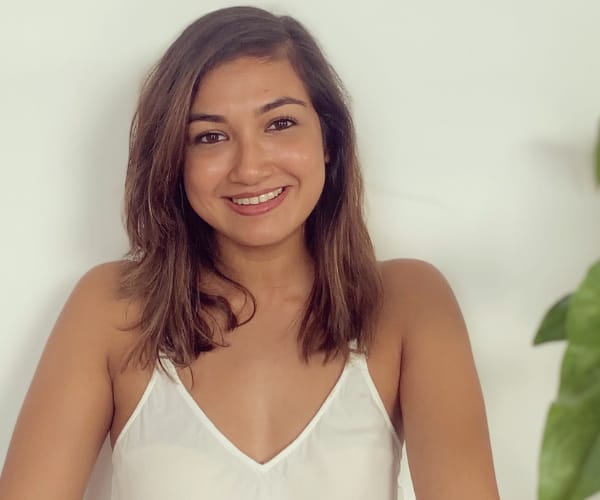
Little Yogi Adventures, just does exactly that. Nicole De Niese, founder of Little Yogi Adventures is an Early Childhood Educator and a certified Children’s Yoga and Mindfulness teacher. “I absolutely love what I do, and I am driven by a really strong “why”, which is to encourage children to lead more balanced, confident and calm lives,” says Nicole.
Nicole started exploring the world of yoga, when she was diagnosed with scoliosis, which means curvature of the spine, and taking her doctor’s advice to heart she began practising yoga as often as she can. After Nicole moved to Cambodia, she went for more aerial yoga classes and saw tremendous improvement. Her transition to teaching yoga for kids came when she witnessed some of her colleagues in Cambodia who had completed a teaching course implement some of these activities in their classes. Nicole learnt how important it is to teach children to pause, breathe and reflect.
Yoga for children is very different to yoga for adults. “As children have a shorter attention span, classes are shorter, and we work through a variety of activities,” says Nicole. She teaches two age groups, 3 - 5-year-olds and 5 - 8-year-olds. By practising yoga and mindfulness, they are able to enhance their level of concentration, broaden their memory, manage stress and anxiety, improve emotional regulation, increase balance, coordination and body awareness, boost self-esteem, increase strength and flexibility and sleep better.
“My yoga and mindfulness sessions always have a theme. For example, it could be an adventure in a garden or a trip to the beach! We start with our connect/discussion time where we discuss the theme and we share feelings, thoughts and ideas. We then move into a breathing exercise” explains Nicole of her typical yoga sessions. “Next we do the warm-up activity which is usually a little movement with a song or dance. Then we move through the yoga poses in a story format. Following is our connect time where we work on an activity either individually or together. Then we engage in ‘focus and memory time’ where I ask questions about our lesson for example; what was their favourite pose they practised etc. and finally, relaxation/meditation time. We end with a short savasana and then we sing our final namaste song to say goodbye” continues Nicole.
Children need to discover the world on their own and most of the time do it at their own pace. Just as not all five fingers are alike, not all children are the same. There are children who take time to adjust and fit in. It’s up to us adults, to provide a safe space for all emotions and give children the tools to identify and articulate those big feelings. When faced with a difficult child Nicole states that “I would give them a few minutes (usually they prefer to be left alone) to calm down and then spend time talking to them. I enjoy teaching them ways to acknowledge and move through them. Communication is everything in any meltdown or tantrum!”.
Nicole further explains that “some children don’t share their feelings just yet so I let those children have some quiet time and I let them know they are welcome to join again when they are ready. I also have a hand puppet which I use to settle the children if necessary or offer a calming activity to engage them.”
When handling kids, it's always good to ensure safety precautions and protocols are in place. Providing a safe environment for kids to practice yoga is of utmost importance for Nicole. “I always demonstrate the pose first and make sure I provide a safe environment for the child to practice. Coming into yoga postures allows children to access their inner strength and will enable them to notice how strong they are. I do not control or have an expectation of how the poses should look when teaching young children. I don’t take away the opportunity for children to explore their inner selves” says Nicole.
Nicole further explains that yoga is something that doesn’t need to be forced on someone. With young children, getting into the correct posture is not essential instead it’s about allowing them to experience the pose with comfort and joy. “If I have chosen to teach a pose, it means that pose is safe for that age range. I then let the child practise yoga at their own pace and according to their own ability” clarifies Nicole.
Nicole’s sessions are not only aimed at yoga, her sessions are filled with fun and creative stories, puppets, songs and games along with the yoga pose. “I have also launched some activity kits for parents to welcome mindfulness into their own homes, especially at a challenging time like this. Parents will gradually start to notice a few changes once their child has been introduced to yoga and mindfulness. I have had parents who have been influenced by their children also begin spending a few moments a day practising gratitude and mindfulness. I would say it’s a win-win!” explains Nicole.
Nicole hopes to encourage children to lead more balanced, confident and calm lives. Little Yogi Adventures is here to empower children through yoga, movement, play and mindfulness.
1 Comments
Sangaralingham says:
Aug 31, 2021 at 09:10 amChildren must live with no fear be happy playing running climbing etc. relaxation is a word not applicable to children. Try by nature always relaxed if not ther is fear hunger lack of security anticipating harm fear and discipline in excess. Enjoy run play do what you feel foingGrown up different honesty respect self reliance peace of mind humility not of jealous type be helpfull